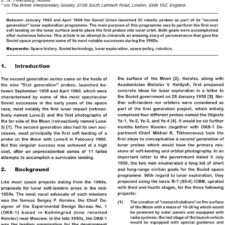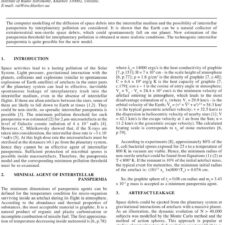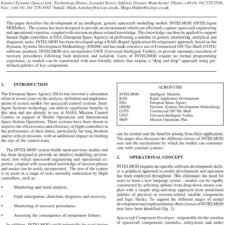TERRAFORMING THE DWARF PLANET: Interconnected And Growable Ceres Megasatellite World
£5.00
P. Janhunen. (2021), JBIS, 74, pp.212-222
Refcode: 2021.74.212
Abstract:
We analyse a megasatellite settlement built from Ceres materials in high Ceres orbit. Ceres is selected because it has nitrogen, which is necessary for an earthlike atmosphere. To have 1g artificial gravity, spinning habitats are attached to a disk-shaped megasatellite frame by passively safe magnetic bearings. The habitats are illuminated by concentrated sunlight produced by planar and parabolic mirrors. The motivation is to have a settlement with artificial gravity that allows growth beyond Earth’s living area, while also providing easy intra-settlement travel for the inhabitants and reasonably low population density of 500 /km2. To enable gardens and trees, a 1.5 m thick soil is used. The soil is upgradable to 4 m if more energy is expended in the manufacturing phase. The mass per person is 107 kg, most of which is lightly processed radiation shield and soil. The goal is a long-term sustainable world where all atoms circulate. Because intra-settlement travel can be propellantless, achieving this goal is possible at least in principle. Lifting the materials from Ceres is energetically cheap compared to processing them into habitats, if a space elevator is used. Because Ceres has low gravity and rotates relatively fast, the space elevator is feasible.





